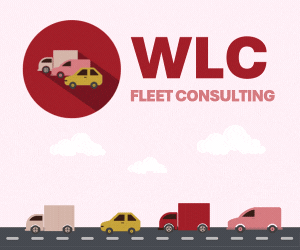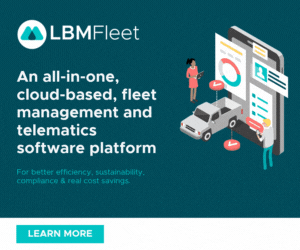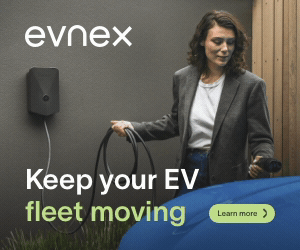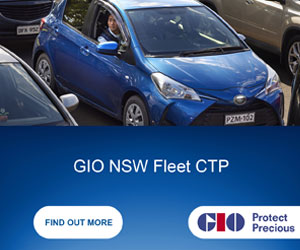In news that would surprise no one, the incentives offered to purchase cars overseas is leaving Australia well and truly behind the 8-ball.
According to recently released data from the Australia Institute, only 0.1 per cent of all cars sold in Australia within 2015 were electric. This contrasts with 23 per cent in Norway, 1.4 per cent in Frace and 0.7 per cent in the US.
In Norway, if drivers commit to reducing their carbon footprint by purchasing an electric vehicle their road tolls, parking charges and registration charges will be waived. As a result uptake of environmentally friendly vehicles is thriving in the region.
But Australia’s lack of government and manufacturer support is seeing consumers unwilling to support electric vehicles, according to the research.
“Electric vehicles, like many emergent technologies, must first convince consumers that they are viable,” the report said.
“Australia can learn from the successes of other governments, which have encouraged EV adoption directly, with consumer subsidies, perks and ongoing financial incentives, and indirectly, with greenhouse gas reduction targets, fleet efficiency standards and infrastructure provision.”
Why are sales so disappointing?
One reason is price. Because of the cost of the technological components of an electric vehicle, drivers around the world pay a premium for the privilege of owning an electric vehicle.
One-third of the retail price of a 24 kWh Nissan LEAF, for example, is the cost of its battery. As a result, there are no models available in Australia with an on-road cost below $50,000.
While vehicle model base prices are similar in most countries, government subsidies and other cost reductions have a dramatic effect on the price customers pay.
An electric vehicle purchaser in California could earn both a federal tax credit of US$7,500 and a US$2,500 bonus payment from the state.20 In Australia, no such bonus scheme exists.
Proposed Recommendations
Recommendation 1: Exempt all electric vehicles from the luxury car tax
The upfront cost of vehicles may be a barrier to promoting EV uptake, so offering a price subsidy might be a viable solution.
A recent study into the effectiveness of various incentives made available to American electric vehicle purchasers between January 2000 and December 2010 found direct financial incentives produced the most pronounced uptick in sales. In the absence of any other support, electric vehicle sales increased by 4.6 per cent for every $1,000 offered in price incentives.
Recommendation 2: Bonus–malus
While Australia’s vehicle emission standards have restricted some air pollutants since the early 1970s, carbon dioxide emissions remain unregulated.
A carbon pricing system would naturally benefit electric vehicles, as carbon-emitting vehicles would face a price premium in proportion to their performance. Yet the costs of
heavily-polluting vehicles are not transparent at point of purchase; even when lifetime operating costs are clearly signalled when consumers are deciding between purchase
options, low upfront ticket prices are disproportionately favoured over high ongoing future costs
Recommendation 3: Offer grants for electric vehicle public
charging stations
Consumers will not flock to electric vehicles without the reassurance offered by a network of public charging stations.
The development of this network requires careful management. Left unregulated, there is a risk that competing technology standards cannibalise the EV market. In time, loss-leading strategies to establish market share will see consumers favour the manufacturer able to offer the greatest network of charging stations.
Competing EV manufacturers would face significant upfront costs attempting to establish their own networks of charging stations. The uncertainty of a return on that investment results in a natural monopoly, which benefits neither the consumer nor the government.
Recommendation 4: Unrestricted bus and transit lane access, for a short time
There is much to like about Norway’s HOV lane incentive for electric vehicles. Structured appropriately, the incentive builds a market to allow the trading of the valuable, underutilised resource of bus lane space.
Because of this attractiveness, EV access to high-occupancy vehicle lanes (HOV lanes) is an often-aped incentive. Similar schemes have been introduced in regions of Germany, the Netherlands, and the American states of Virginia, California, New York, Florida and Utah.
The full report from the Australia Institute is available here











